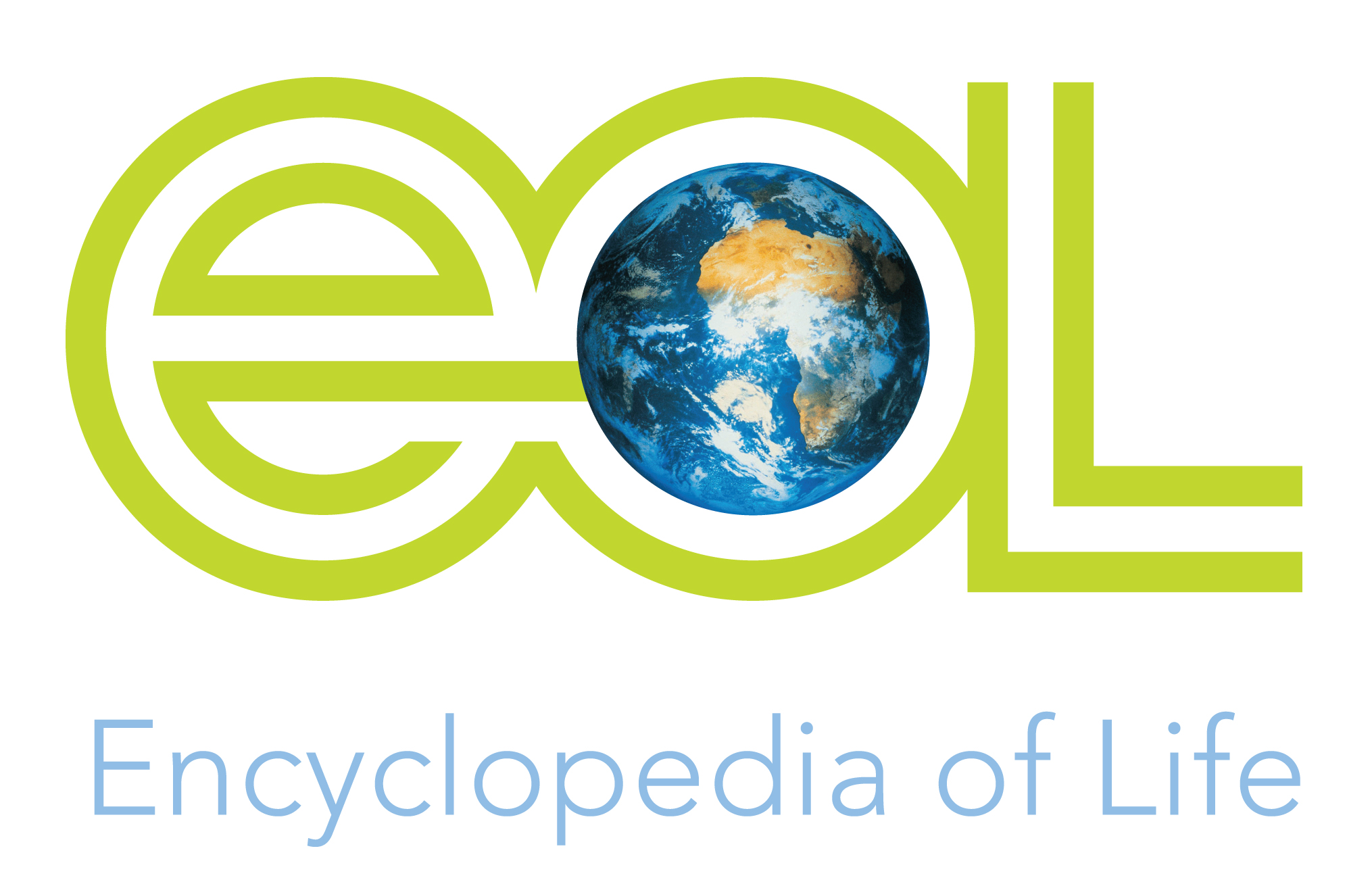habitat_narrative
Terrestrial
Kinixys natalensis prefers dry rocky habitat in thornveld, valley bushveld, dry thicket or bushveld savanna at elevations between 50 and 1,200 m and is generally absent from coastal regions, deep sand and forest (Boycott and Bourquin 2000, Bourquin 2004, Branch 2008, Boycott 2014). It is sympatric with K. zombensis in northern KwaZulu-Natal and with K. spekii in eastern Limpopo and Mpumalanga Provinces, as well as Swaziland. Kinixys natalensis is relatively small compared to other Kinixys species, with females reaching a shell length of 160 mm compared to 130 mm in males (Branch 2008). This is the only member of the genus that has a tricuspid rather than unicuspid beak (Broadley 1993). Tortoises are active when conditions are humid, overcast, and after rain, but seek shelter under rocks and in the foothills of mountains when inactive (Boycott 2001). There is little information on the biology of wild K. natalensis, but in captivity mating has been observed in February, followed by nesting, usually two eggs per clutch, in April and hatching in September (Boycott and Bourquin 2000). Hatchlings have a carapace length of approximately 35 mm and a mass of 8 to 10 g (Boycott and Bourquin 2000). The species is omnivorous and feeds on plants and invertebrates (Boycott and Bourquin 2000), and likely on fungi, which is favoured by most Kinixys species. The species is known to brumate in captivity (Boycott and Bourquin 2000) but this may not necessarily be the case in the wild.

